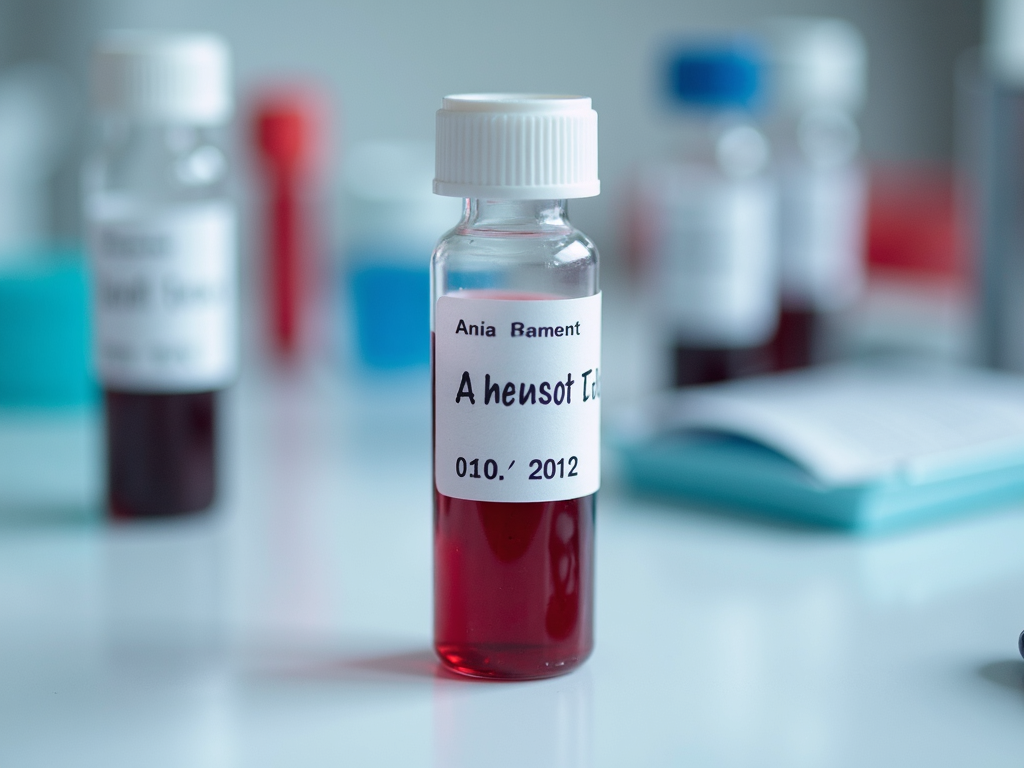Monitoring Progress During Fertility Hormone Therapy: A Comprehensive Guide
June 17, 2025, 5:25 p.m.
Overview
Monitoring progress during fertility hormone therapy is a key step in the fertility treatment journey. This process uses regular check-ups, blood tests, and ultrasounds to track how your body responds to treatment. It ensures everything is on track, adjustments are made if needed, and offers peace of mind. In this article, we’ll explore why it matters, how it’s done, and what it’s really like to go through it.

Why Monitoring Matters
When you’re undergoing fertility hormone therapy, monitoring is your safety net. It confirms the treatment is working and helps catch any issues early. For example, if your hormone levels aren’t rising as they should, your doctor can tweak the medication dosage. This isn’t just about science—it’s about giving you the best shot at success while keeping stress in check.
Monitoring also builds trust. Knowing someone’s keeping an eye on your progress can ease the worry that comes with infertility. It’s a way to stay connected to your treatment and feel less alone in the process.

How Monitoring Works
There are a few main ways doctors monitor progress during fertility hormone therapy. Each method gives a piece of the puzzle, helping your team make smart decisions.
Blood Tests
These check your hormone levels—like estrogen, progesterone, and hCG. You’ll likely get them every few days. They show how your body’s reacting and if the timing’s right for the next step.
Ultrasounds
Ultrasounds let doctors see your ovaries and uterus. They count and measure follicles (where eggs grow) to know when you’re ready. It’s a quick peek inside that can feel like a big moment.
At-Home Tools
Some people use ovulation kits or fertility monitors at home. These aren’t as precise as clinic tests but can give extra clues about your cycle.

What It’s Really Like
Going through fertility treatment is a mix of hope and nerves, and monitoring is a huge part of that. The first time I had a blood test, my stomach was in knots. Would the numbers be okay? The nurse saw my worry and walked me through it—her calm voice made it easier. When the results came, my doctor called right away. She explained everything simply, which turned a scary moment into a hopeful one.
Then there was the ultrasound. I’ll never forget lying there, watching little circles pop up on the screen—those were my follicles. My doctor pointed to each one, saying, 'This is your body doing its job.' It hit me: this was real. The process wasn’t just numbers anymore; it was happening inside me.
But it’s not all smooth sailing. The appointments pile up fast. You’re juggling work, life, and these visits that can’t wait. Some days, I felt like a pin cushion from all the blood draws. Other days, I’d leave the clinic smiling because things were moving forward.

Tips to Make It Easier
If you’re facing fertility hormone therapy, here’s what I learned that might help you too:
-
Stay Organized
Keep a calendar for appointments and a notebook for results. It cuts down the chaos and keeps you grounded. -
Speak Up
Ask questions—lots of them. Your doctor’s there to help, and understanding what’s happening takes the edge off. -
Take Care of You
Eat well, move your body, talk to someone if you need to. This journey’s tough—don’t go it alone. -
Give It Time
Progress can feel slow, and that’s okay. Be kind to yourself when the emotions hit.

Quick Facts: Hormones to Watch
Here’s a simple table of the hormones doctors track:
| Hormone | Why It Matters |
|---|---|
| Estrogen | Thickens the uterine lining for implantation |
| Progesterone | Keeps the lining strong for pregnancy |
| hCG | Shows if pregnancy starts and how it’s going |
These numbers guide your treatment, step by step.
Stress Busters That Worked for Me
Here’s a short list of what helped me cope:
- Deep breathing when the waiting got tough
- A quick walk to clear my head
- Chatting with a friend who’d been there
- A cozy night in when I needed a break

Wrapping It Up
Monitoring progress during fertility hormone therapy is the backbone of fertility treatment. It’s how you know the plan’s working, when to adjust, and what to expect next. Blood tests, ultrasounds, and even home tools team up to keep you on track. Yes, it’s a lot—appointments, emotions, waiting—but it’s also a path to hope. With the right support and a little patience, you can navigate it and feel stronger along the way.